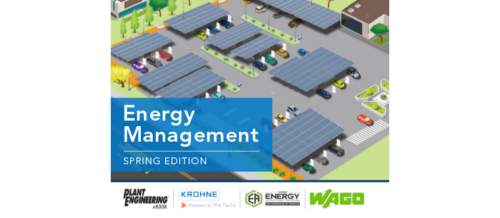Gas Technology: Estimated gas resources keep growing
What it means for energy markets
By now, most informed energy buyers know that new exploration and drilling tools have unlocked huge resources of petroleum and natural gas in North America that previously were classified as “unrecoverable.” To that, add discovery of new conventional resources, improved deepwater drilling capabilities, and development of methods of extracting commercial natural gas equivalents from renewable resources. The result has been dramatic increases in estimated natural gas reserves.
Remarkable increase in resources
Michelle Bloodworth is Vice President for Business Development of America’s Natural Gas Alliance and was recently a speaker at a Technology and Market Assessment Forum sponsored by the Energy Solutions Center. She pointed out how potential U.S. natural resources had grown 58% from 2004 to 2008, and since then have increased even more. This is largely a result of inclusion in the total of shale-based gas resources in numerous locations in the country, the largest currently being the Marcellus Shale formation in New England, New York, Pennsylvania and Ohio.
Where just a few decades ago, some forecasters indicated the U.S. had only a few decades of natural gas resources remaining, today it is widely believed that we have over a 100-year supply. Bloodworth further indicated that the rate of development of new resources is not a one-time event. Industrial and commercial energy buyers have taken notice and are giving natural gas increased attention in their energy plans.
Favorable effect on prices
Bloodworth pointed out the potential impact of increases of resources on natural gas prices and utilization. First, she believes that newly abundant resources have reduced price volatility.Users know the resource is there and will be reliable over an extended period of time. Further, because a large portion of future gas is coming from geographically dispersed onshore shale plays, the impact of tropical storms on gas production and prices is being diminished.
Price stability from greater resources is confirmed by recent historical data and forecasts by the U.S. Energy Information Administration (EIA), which show only gradual price increases going all the way out to 2035. Annual long-term price forecasts for natural gas by EIA have been stepped down each of the last three years.
2006: A watershed year
Christopher McGill is Managing Director for Policy Analysis of the American Gas Association. He was a recent presenter at an ESC conference, and demonstrated how monthly total U.S. natural gas production started to sharply increase in 2006, largely as a result of shale gas production.
McGill also made the point that the enormous natural gas resources in the Marcellus Shale formation coincide with some of the most extensive interstate pipeline systems in the country, simplifying the infrastructure requirements to bring the gas to markets.
Industry paying attention
Industrial and commercial energy managers have not missed the attractive price and availability trends in today’s natural gas market. One snapshot of that is the recent announcement by Nucor Corp. that it is building a major new direct reduction steel plant on the Mississippi River in St. James Parish, La. The direct reduction process uses natural gas and ore pellets, along with recycled steel scrap, to create high quality sheet, plate and bar steel.
Brings domestic jobs
The plant is the first stage in a site development where construction might total $3 billion. This first plant alone will provide 500 construction jobs, and will involve 150 permanent Nucor jobs.
Long-term availability of domestic natural gas as a fuel for industry, utilities, commerce and residential accounts is one of the true good news stories of this decade. The U.S. and Canada will have abundant natural gas to fuel our economies for a long, long time into the future.
Do you have experience and expertise with the topics mentioned in this content? You should consider contributing to our CFE Media editorial team and getting the recognition you and your company deserve. Click here to start this process.


